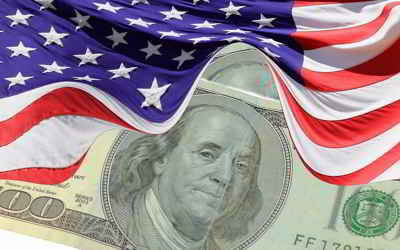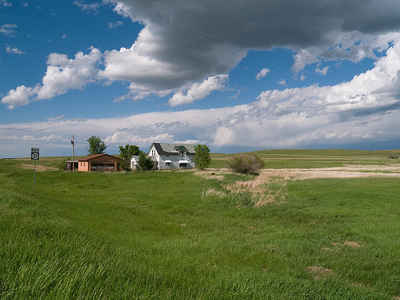North Dakota Economy
Agriculture and Industry in North Dakota
North Dakota economy is a set of human and social activities and institutions related to the production, distribution, exchange and consumption of agriculture and industry goods and services. The balance between North Dakota various economic sectors differs largely between various regions and other states in the US.North Dakota Agriculture and Industry
North Dakota's real gross state product in 2012 was estimated to be $38,654 which was $148,786 and 79% lower than the national state average, $187,440. North Dakota has the 47th highest GSP out of the 50 states.
North Dakota is the most rural of all the states, with farms covering more than 90% of the land. North Dakota ranks first in the nation's production
of spring and durum wheat; other agricultural products include barley, rye, sunflowers, dry edible beans, honey, oats, flaxseed, sugar beets, hay,
beef cattle, sheep, and hogs.
The Missouri and Red Rivers were once important transportation routes for North Dakota, but now serve a more important function for irrigation for
the state's agriculture.
Oil was discovered in 1951, and petroleum is now North Dakota's leading mineral product, just ahead of sand and gravel, lime and salt.
Recently, manufacturing industries have grown, especially food processing and farm equipment. The state's coal and oil reserves are plentiful, and
it also produces natural gas, lignite, clay, sand, and gravel. Lignite beds under the western counties of the state are used in construction and pottery
materials.
North Dakota Agriculture:
Wheat, cattle, barley, sunflowers, milk, sugar beets.
North Dakota Industry:
Food processing, machinery, mining, tourism.
The US Bureau of Economic Analysis estimates that North Dakota's total state product in 2003 was $21 billion. Per capita personal income in 2003
was $28,922, 32nd in the nation.
Agricultural activity is largely dependent on rainfall. Wheat (particularly the durum variety used for pasta), barley, canola, soybeans, sunflowers,
and flax are present throughout the state. The wetter Red River Valley is dominated by farms, with the chief crops being Sugar beets and maize. Cattle
ranches are more common in the dry southwest, though dairy ranches are more common toward the east. Honey is produced in the central part of the state.
Small quantities of juneberries and grapes support a modest domestic winery industry.
The state's relatively small industrial output includes electric power, food processing, machinery (including Bobcat heavy equipment), lignite mining,
and tourism.
North Dakota has the only state-owned bank in the United States, the Bank of North Dakota. The bank, by law, holds all funds of all state and local
government agencies in North Dakota. Its deposits are not guaranteed by the FDIC, but by the State of North Dakota itself. The state also operates
the only state-owned mill in the country, the North Dakota Mill and Elevator.

US economy is relies on private decision-making ("economic freedom")




